The sterilization of Condorito
How Chile's scrappy comic book lothario got neutered for a global audience


You've heard of Condorito, the international phenom, the scrappy comic book lothario who happens to be a condor? The one whose comic strips almost always end in a flop take and the caption "Plop!"?
Condorito is lazy, charming, irresponsible, and a cad. He was born in 1949 in Chile as a specific and spiky response to Walt Disney's 1942 charm offensive to conquer South America. Chile wasn't having it. Where Disney's personification of Chile is a plucky infantilized plane, Condorito is mischievous. He's adult, and so are his jokes. And, despite the fact that his eponymous strip has been one of the most popular in all Latin America, he's unmistakably Chilean. In the 69 years since its creation, Condorito has soared: In 1983 the property was bought by Televisa, and the magazine reached the rest of the Americas. Soon the local editions were adapting Condorito for the locals: The Argentine edition, for example, generally has 50 percent Chilean content, but the rest is adapted to Argentine idioms and humor.
That a Condorito movie is playing in the United States this week closes the loop on a decades-long struggle over national representation. Condorito has finally returned to the land that sparked his creation. But the results are mixed. That the film, which is bizarrely in 3-D, was voiced by a Mexican actor, produced by a Peruvian film company, written by an Argentine, and directed by a Brit shows just how international the property has become. That the film isn't much good is largely a function of how something that began as a jokey portrayal of Chilean identity got watered down to the point where universality equals insipidity.
The Week
Escape your echo chamber. Get the facts behind the news, plus analysis from multiple perspectives.

Sign up for The Week's Free Newsletters
From our morning news briefing to a weekly Good News Newsletter, get the best of The Week delivered directly to your inbox.
From our morning news briefing to a weekly Good News Newsletter, get the best of The Week delivered directly to your inbox.
In 1941, the U.S. Department of State commissioned Walt Disney to produce a movie that could be shown in South America to increase goodwill towards America (and intervene in some of those governments' close ties to Nazi Germany). That led to Saludos Amigos, an amusing little survey of South America that represented Chile with a little mail plane named Pedro. The movie premiered in 1942. Condorito, a mischievous cartoon condor engaged to an improbably proportioned young woman named Yayita, appeared in print for the first time on Aug. 6, 1949. He was created by René Ríos Boettiger, a sometime doctor who'd spent years drawing for Topaze, a Chilean political magazine. When he saw Disney's film, he decided then and there that the gringos would not define the country.
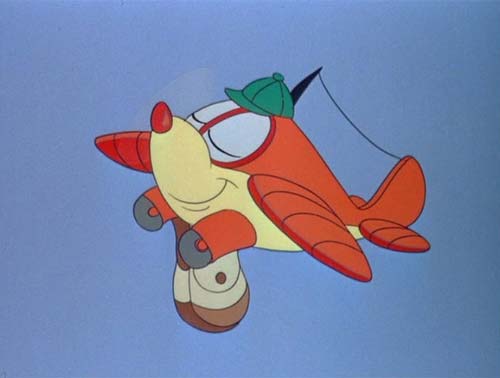
Pedro the Plane, from Saludos Amigos, a 1942 film. Walt Disney came up with the character during a visit to Chile. He'd been looking for a good mascot to represent the culture, and was struck by a recent news story about an aviator who'd crossed the Andes. He decided to make the Chilean mascot a little plane who had to make the mail run over the mountains since his "parents" were sick.
Ríos would replace Pedrito with Condorito, a puckish, down-on-his-luck condor whose close circle of friends kept each other going, often with visits to the Bar El Tufo (The Halitosis Bar).
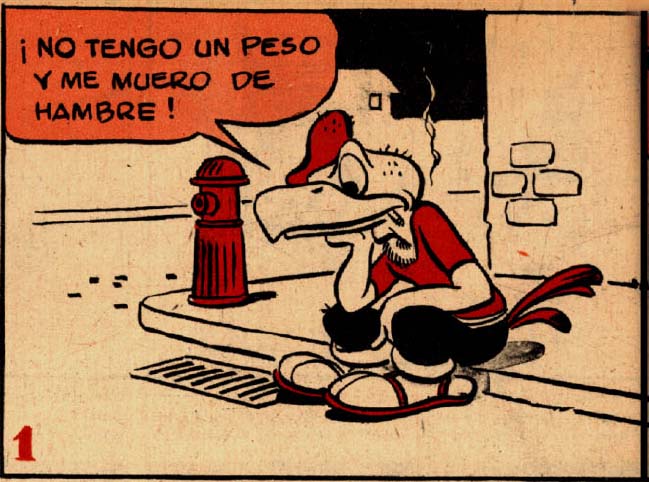
"I don't have a cent and I'm dying of hunger."
A free daily email with the biggest news stories of the day – and the best features from TheWeek.com
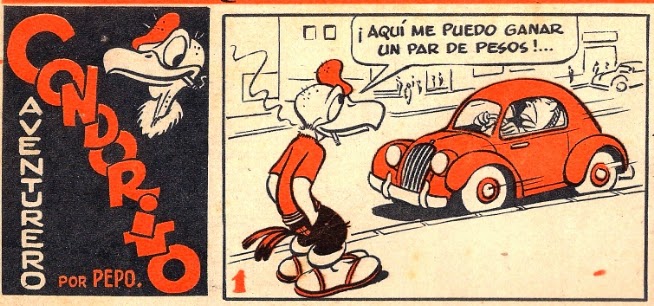
"Here I can earn a couple of pesos," Condorito says, ever on the lookout. (The character would eventually stop smoking.)
It's hard to overstate how different Disney's version of Chile as a paradise with snowy peaks and tidy houses is from Ríos' irreverent corrective. Condorito's world is hard and adult, and his town, Pelotillehue, is dirty and vital and populated by all kinds of weirdos. There's Don Máximo Tacaño (Sir Maximal Stingy), a miser in tattered finery who'll do the absurd to save a buck. There's Ungenio (literally A Genius), a buck-toothed imbecile with the best intentions. There's Garganta de Lata (Tin Throat), a red-headed alcoholic whose wife routinely awaits his return from the bar with a bowling pin. And then there's Yayita, Condorito's bombshell girlfriend, and her large and fearsome parents, Don Cuasimodo and Doña Tremebunda.) They had higher hopes for their daughter than a condor in patched pants who routinely brings her flowers ripped from her own yard.
Pelotillehue is, that is to say, a lived-in kind of place. Its patron saint, San Guchito (sandwiches in Chile are called "sanguches") is generally depicted holding a sandwich in his right hand. The town has an intense soccer rivalry with neighboring Buenas Peras, plenty of stray dogs, and a fancy restaurant (El Pollo Farsante, literally The Charlatan Chicken). Condorito's closest friends are Don Chuma, a neatly dressed mustachioed string bean of a man, amiable to a fault, who's always lending Condorito money, and Huevoduro, a man with an egg for a head, based (so Ríos said) on a Canadian ambassador whose pallor and paunchy friendliness he memorialized. Condorito's nemesis is Pepe Cortisona, a roided-out jock with blinding teeth and great hair whose eyes are generally squinty with self-satisfaction. He has a nice car and he wants Yayita. His nickname is Saco de Plomo (literally sack of lead) because he's so pesado (literally heavy, Chilean slang for being unpleasant and hard to take).
Condorito's world, in other words, is quite ... specific. So specific that for years the comic abounded with inside jokes. Some of the most frequent graffiti in Condorito comics said "muera el roto Quezada" ("death to the no-class Quezada"). Why? Well, Ríos and his wife went to eat at the Club Militar at the invitation of a friend — a lieutenant — when his wife and her friend's purses got stolen. They complained, and the head waiter (improbably named Washington Quezada) implied they'd made the whole thing up. Rather than confront him and get his lieutenant pal in trouble, Ríos peppered his fictional town forever after with graffiti that said "muera el roto Quezada," usually pictured with a peeing dog. That dog's name? Washington.

There's Washington, peeing on the corner as Condorito plans to check his sales.
The phrase appears in plenty of other contexts too, sometimes even showing up on the covers themselves:
Condorito captured something real about the Chilean character: goodwill, humor, a healthy sense of mischief, and a never-ending capacity to hold a grudge. And the world embraced it. Here's "Muera el roto Quezada" as actual graffiti on a street in Valparaiso:
(Photo by Fernando Orellana via Flickr/abacq.org)
What's disappointing about the film adaptation of this world is its effort to shrug off all that rich color. Condorito's aesthetic is patched-up, lo-fi, low-tech. The comics are generally printed in shades of orange and black. The lines are visible, the lettering uneven. This is Condorito now, with help from Pixar's Alex Orelle and co-director Eduardo Schuldt:
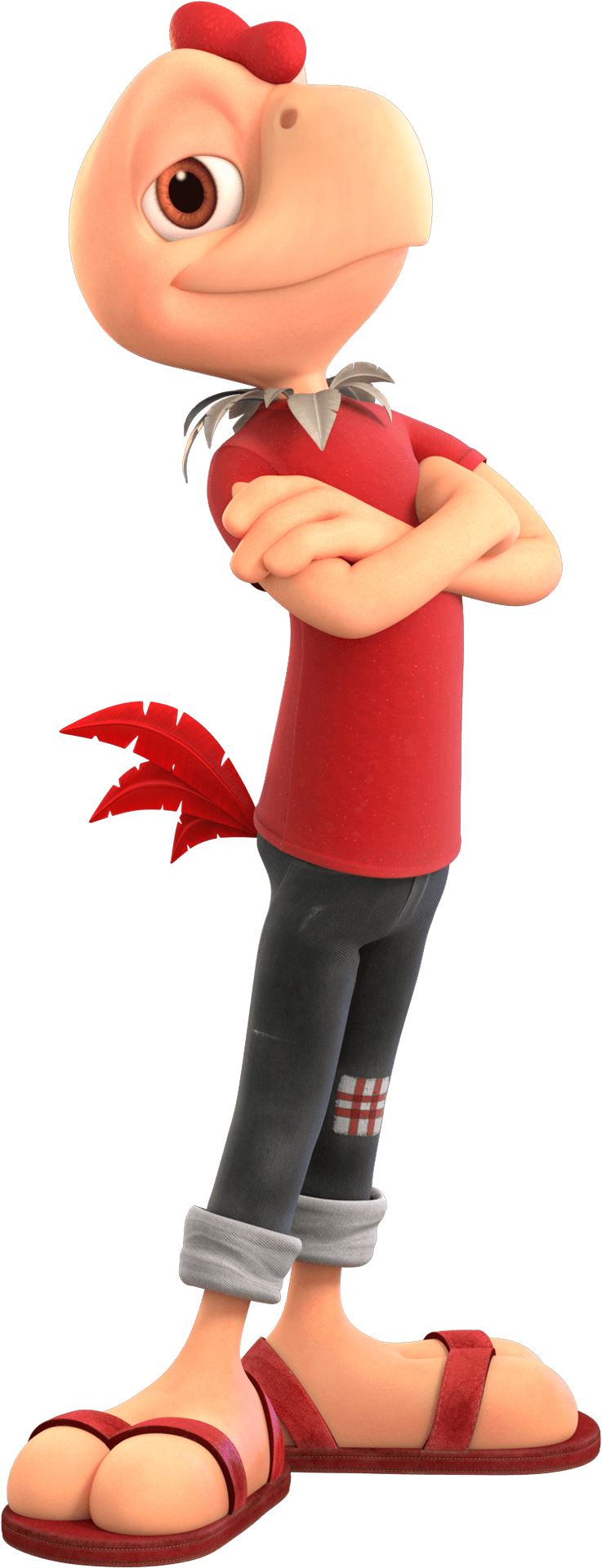
(Courtesy Condorito: La Pelicula/Pajarraco Films)
He's beautifully animated, three-dimensional, and smooth. It's gorgeous animation for a figure that ought to have been rendered in his scruffy, unpretentious two dimensions.
As for his world? We hardly spend any time at all in it. In its zeal to pander to Condorito's international audience, the film spends less time in Pelotillehue than it spends in a fictionalized Mexican ziggurat and in space. The film struggles, as any contemporary adaptation must, with the comic's endless misogyny. (One of the strip's long-running jokes is Condorito's hatred for his almost-mother-in-law, Doña Tremebunda, generally depicted as so large and long-nosed and hairy that she's routinely mistaken for whales. Here's a typical joke:
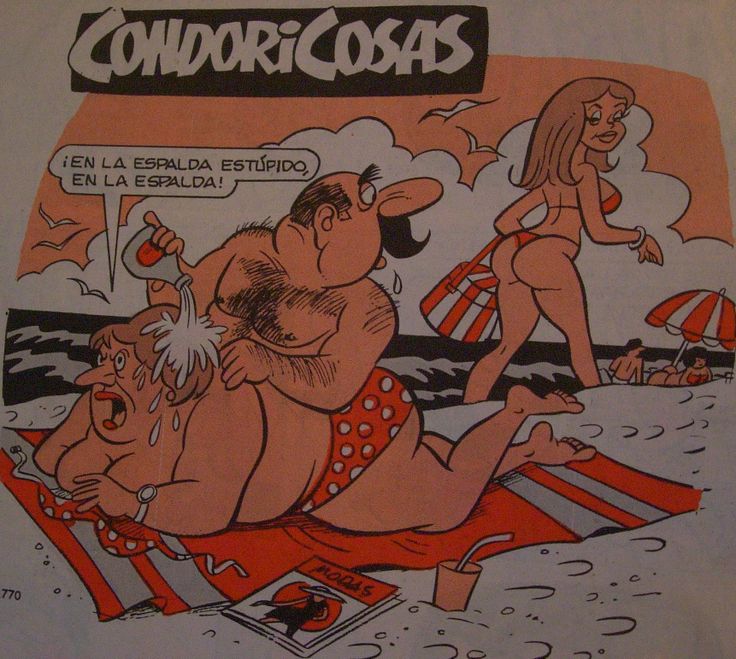
"On my back, stupid! On my back!"
Flailing under the pressure to correct this, the film tries to renarrate Tremebunda as a sympathetic character. It recognizes her suffering (at one point she even complains about unjust beauty standards), and the movie does do some very weird things to recontextualize Treme's sexual attractiveness. It also disciplines Condorito, who is forced to admit that he's basically the worst (which he is). The trouble is that this is comic strip has been going for seven decades with the same basic premises. Disciplining Condorito is a little like disciplining Bugs Bunny; it just doesn't fit the franchise. The movie painlessly smooths so much that's rough in the original that it bears hardly any relation to its origin.
For all that Condorito smashed Walt Disney's tendency to prettify, Condorito: La Pelicula does just that.
Lili Loofbourow is the culture critic at TheWeek.com. She's also a special correspondent for the Los Angeles Review of Books and an editor for Beyond Criticism, a Bloomsbury Academic series dedicated to formally experimental criticism. Her writing has appeared in a variety of venues including The Guardian, Salon, The New York Times Magazine, The New Republic, and Slate.
-
 Magazine printables - November 14, 2025
Magazine printables - November 14, 2025Puzzles and Quizzes Issue - November 14, 2025
-
 France targets Shein over weapons, sex dolls
France targets Shein over weapons, sex dollsSpeed Read Shein was given 48 hours to scrub the items from their website
-
 Trump tariffs face stiff scrutiny at Supreme Court
Trump tariffs face stiff scrutiny at Supreme CourtSpeed Read Even some of the Court’s conservative justices appeared skeptical
-
 Walter Isaacson's 'Elon Musk' can 'scarcely contain its subject'
Walter Isaacson's 'Elon Musk' can 'scarcely contain its subject'The latest biography on the elusive tech mogul is causing a stir among critics
-
 Welcome to the new TheWeek.com!
Welcome to the new TheWeek.com!The Explainer Please allow us to reintroduce ourselves
-
 The Oscars finale was a heartless disaster
The Oscars finale was a heartless disasterThe Explainer A calculated attempt at emotional manipulation goes very wrong
-
 Most awkward awards show ever?
Most awkward awards show ever?The Explainer The best, worst, and most shocking moments from a chaotic Golden Globes
-
 The possible silver lining to the Warner Bros. deal
The possible silver lining to the Warner Bros. dealThe Explainer Could what's terrible for theaters be good for creators?
-
 Jeffrey Wright is the new 'narrator voice'
Jeffrey Wright is the new 'narrator voice'The Explainer Move over, Sam Elliott and Morgan Freeman
-
 This week's literary events are the biggest award shows of 2020
This week's literary events are the biggest award shows of 2020feature So long, Oscar. Hello, Booker.
-
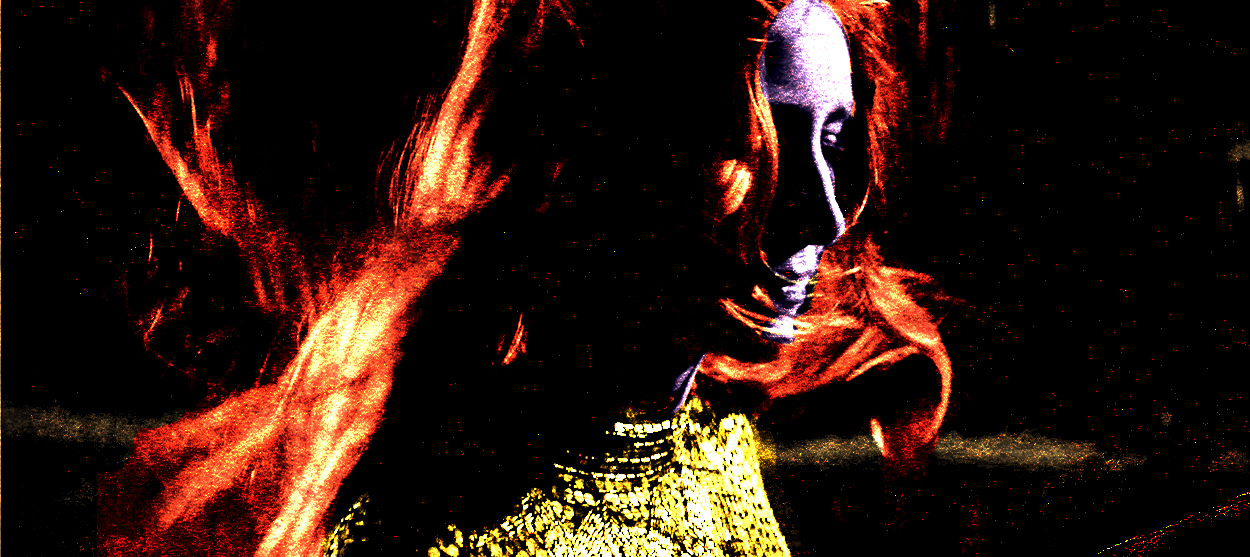 What She Dies Tomorrow can teach us about our unshakable obsession with mortality
What She Dies Tomorrow can teach us about our unshakable obsession with mortalityThe Explainer This film isn't about the pandemic. But it can help viewers confront their fears about death.
